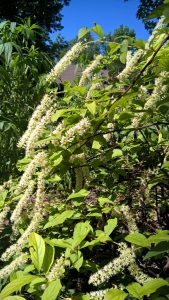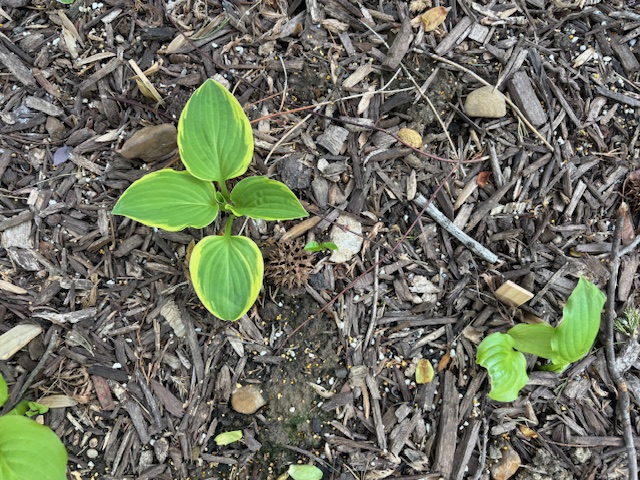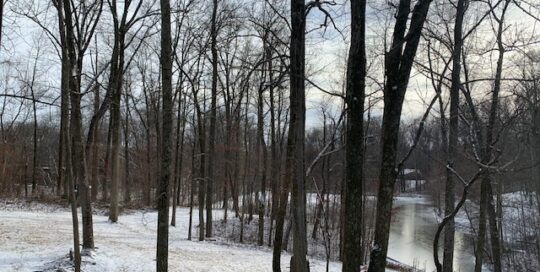Creeping Beauty: A Little Henry Itea Primer
Views: 3629

Although I receive a tremendous amount of joy and satisfaction from my gardens, deep down I know they should look better. Here’s what goes through my mind: “My neighbor’s accomplished more projects. The gardens need more structure. The plants should be greener and bigger. The blooms should be bigger and more abundant. Oh my gosh, there’s a WEED!” It’s a form of self-torture or maybe my inferiority complex showing up again.
Then, every once in a great while, there’s a plant that does too well; way, way too well.
Little Henry Itea
Anytime I see a native or cultivar of a native (“nativar”), I have to buy at least one, maybe more. Soooo, when I saw the Little Henry Itea (Itea virginica), I was a happy shopper! Sun to Part Shade? Great! Attracts pollinators? Even better! Fall color? Terrific! Tolerates clay soil? Hot dang! And, it’s pretty, too!
It’s a great, native alternative to the invasive burning bush. It has a romantic, Victorian feel to it, with its arching stems, bright green foliage and long, drooping, creamy white racemes which are very attractive to pollinators.
I think I bought two. I brought them home and planted one in a part sun / part shade spot and the other one I planted in mostly shade. Three or four years later, the one in shade is growing slowly, but doing all right. The other one, which gets more sun and more rain has gone bonkers!
What I didn’t realize is that Itea will multiply by sending out root suckers – which would be just fine if I had planted it where it could just grow and grow (and grow). But I didn’t. However, I’m not going to dig it out or cut it down (although I have a feeling that wouldn’t really kill it, but just make it angry).
What I have done is to dig up the “volunteers” and transplant them to the north edge of our property which borders a road. I did actually water them in, but haven’t needed to irrigate them – at least not yet. My hope is that they will grow to screen the road, creating a lovely hedge. We’ll see. If these first transplants don’t grow, there’s plenty more where they came from!
Stay Green, good friends!
Meet Dona Bergman
Dona Bergman is a founding member, Southwest Indiana Chapter of the Indiana Native Plant & Wildlife Society, and an Advanced Master Gardener.







